General principles of Ohm’s law
Ohm’s law remains perfectly valid in alternating current. We need to include the time variable as follows:
V(t) = i(t) x R
How do we experiment with alternating circuits? Well, in principle, this is very easy: all we have to do is connect the resistors that make up the circuit like we do in the case of DC, use the function generator instead of the power supply (DC power) and select AC on the multimeter when measuring the voltage and current of a circuit.
When AC is selected on the tester, then the value obtained is in Vrms or Vef, i.e. effective volts.
E.g.: calculate and measure the voltage drop in a circuit with two series resistances of 1K for a sinusoidal input signal of 1 KHz and 10 Vpp.
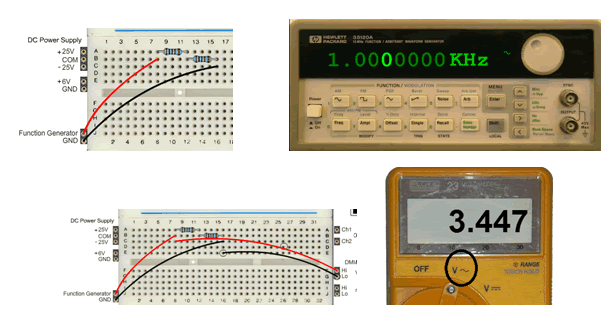
The effective value of the input signal - 3.53 V - and the effective voltage drop on the two-resistor schema is 3.447 V. Taking into account measurement errors, what is the effective voltage drop in each resistor?
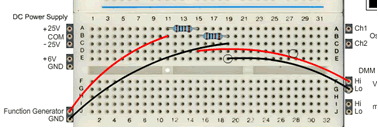
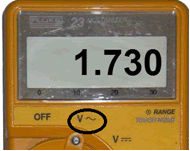
We see that the effective voltage drop in a resistance is 1.730 V, i.e. 3.447/2 = 1.7235 V what is expected.
And the current? Well, the mechanism is the same as above, except that in the case of AC: open the circuit moving the GND connection (the black cable), close it with the multimeter (changing the wires) and measure.
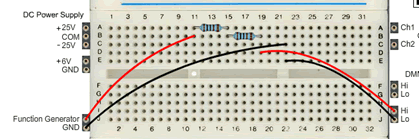
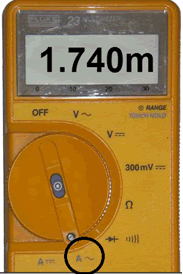
The same can be done with the oscilloscope; in fact, even both channels can be used. In this case, the input is seen in Channel 1 and the voltage drop in the last resistance in Channel 2.

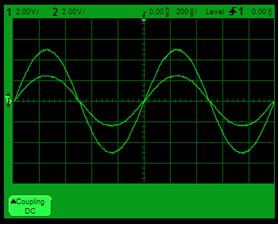
We can see in the oscilloscope that one signal is half of the other. The time base and scale of channels 1 and 2 have had to be adjusted in order to obtain this image.